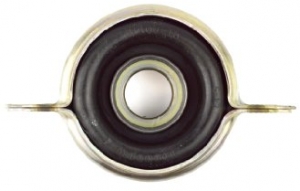-
Welcome to Tacoma World!
You are currently viewing as a guest! To get full-access, you need to register for a FREE account.
As a registered member, you’ll be able to:- Participate in all Tacoma discussion topics
- Communicate privately with other Tacoma owners from around the world
- Post your own photos in our Members Gallery
- Access all special features of the site
Does anyone know the size of the oil filter hoses?
Discussion in '2nd Gen. Tacomas (2005-2015)' started by keninsb, Jun 19, 2014.
Page 2 of 2
Page 2 of 2


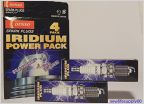 "Certified" Preowned = Limp Dealer Scam!
"Certified" Preowned = Limp Dealer Scam! Headliner is falling off
Headliner is falling off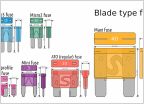 My dome 7.5 amp fuse is blown, is there any problem with replacing it with a 10amp?
My dome 7.5 amp fuse is blown, is there any problem with replacing it with a 10amp? Smitty Built Hitch Mounted Winch
Smitty Built Hitch Mounted Winch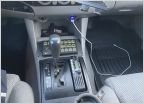 Switch panel
Switch panel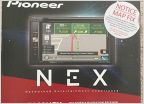 2008 Tacoma Inheritance
2008 Tacoma Inheritance





































